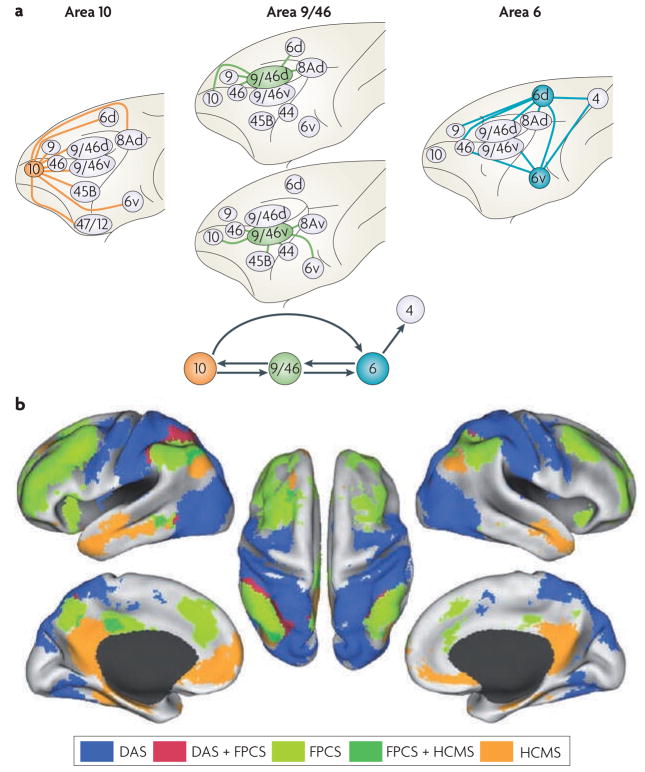Figure 4. Rostro-caudal connectivity of the frontal cortex.
a. Intrinsic connections of the lateral prefrontal cortex (PFC; top) and a schematic summary of the connections of the principal frontal regions (area 10, shown in orange; area 9/46, shown in green; and area 6, shown in blue) that are proposed to be part of a rostro-caudal functional gradient based on functional studies (bottom). Area 4 depicts the primary motor cortex. b. Results from Vincent et al.130 showing that spontaneous activity in regions along the rostro-caudal axis of the prefrontal cortex (PFC) and in parietal and medial frontal cortex is correlated with activity in the frontopolar cortex (shown in light green). Also depicted in the figure is the spatial relationship of these regions to two other networks: the dorsal attention system (DAS) and the hippocampal-cortical memory system (HCMS), which were identified using visual motion area MT+ and the hippocampus as seeds, respectively. Importantly, these data provide evidence that the activities in regions of the frontal cortex that in other experiments were associated with control at increasing levels of abstraction are correlated with each other (and thus are part of a coherent rostro-caudal functional network, that is, the frontoparietal control system (FPCS)) but not with activity in other regions of the frontal cortex (that is, areas in the DAS and HCMS). Part b is reproduced, with permission, from REF. 130 © (2008) The American Physiological Society.

